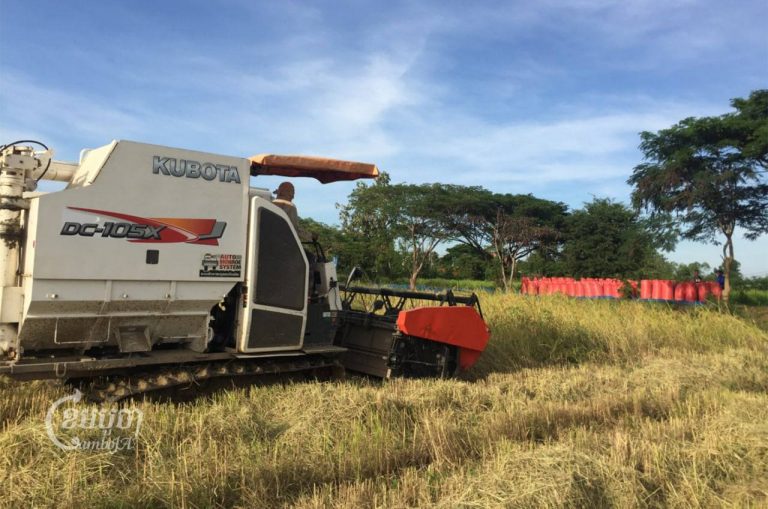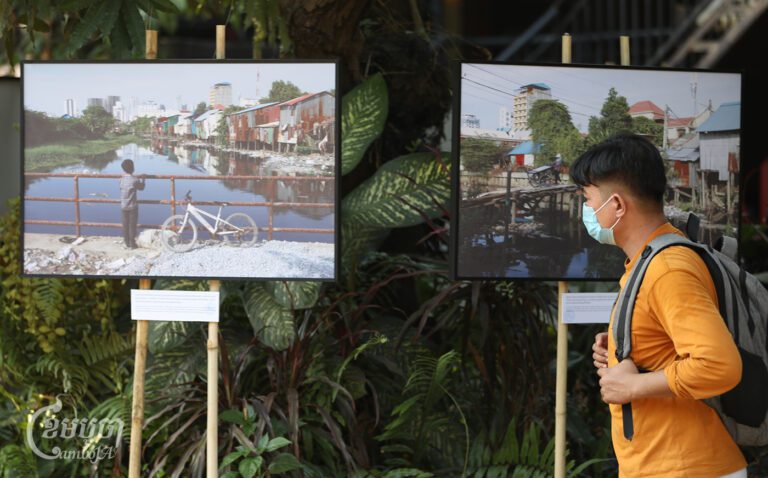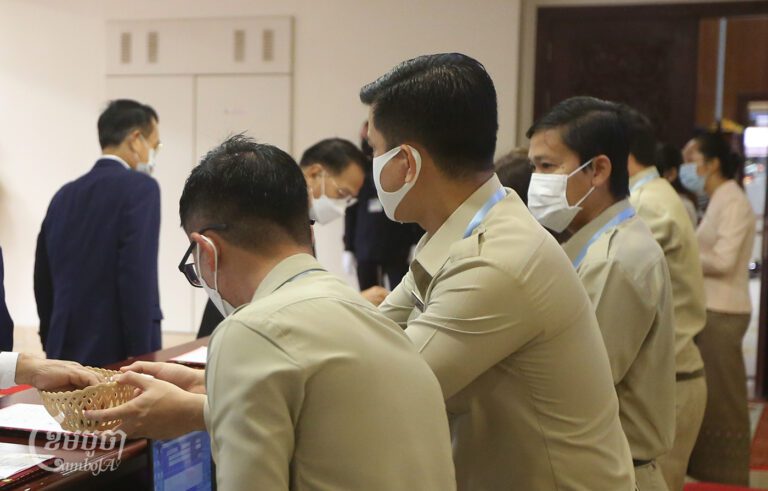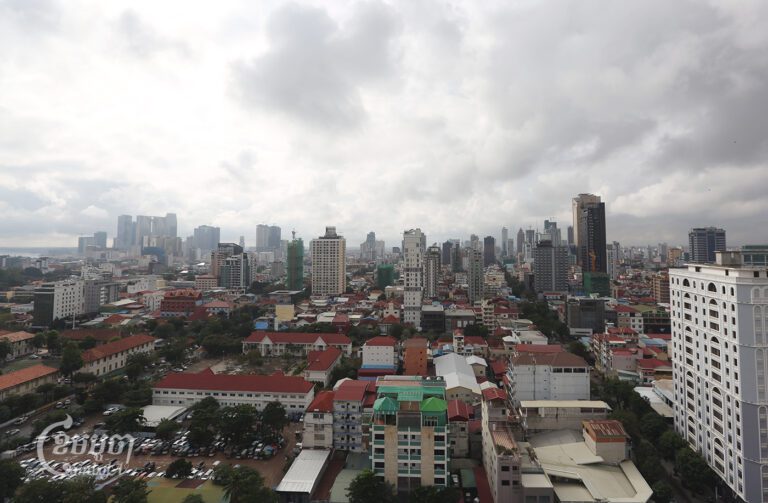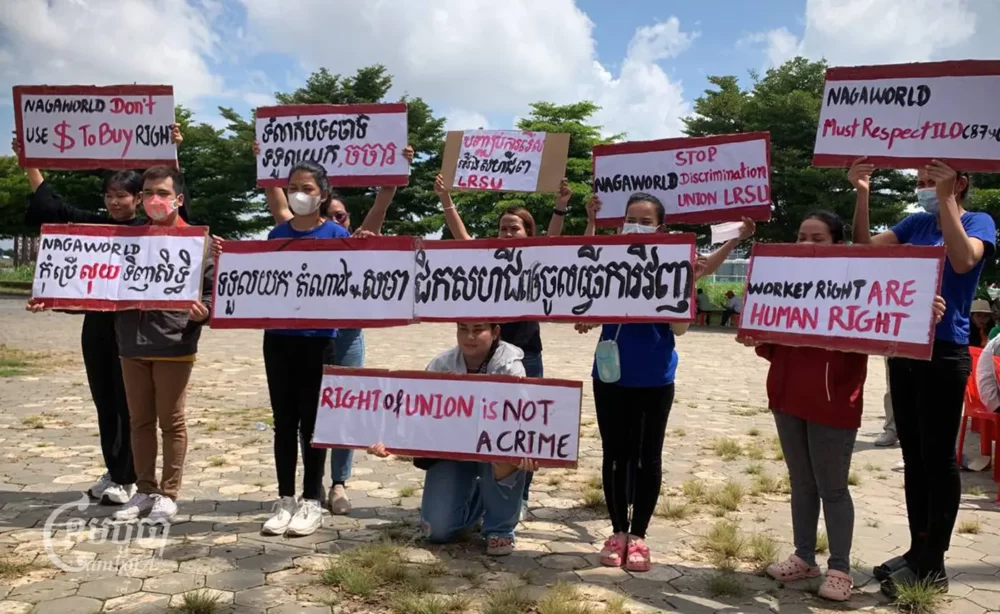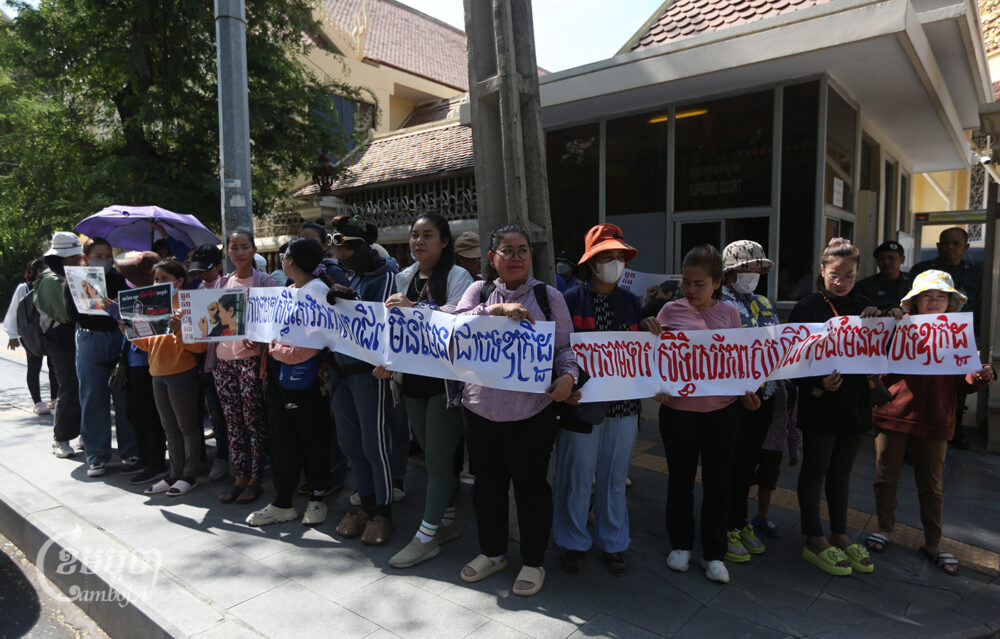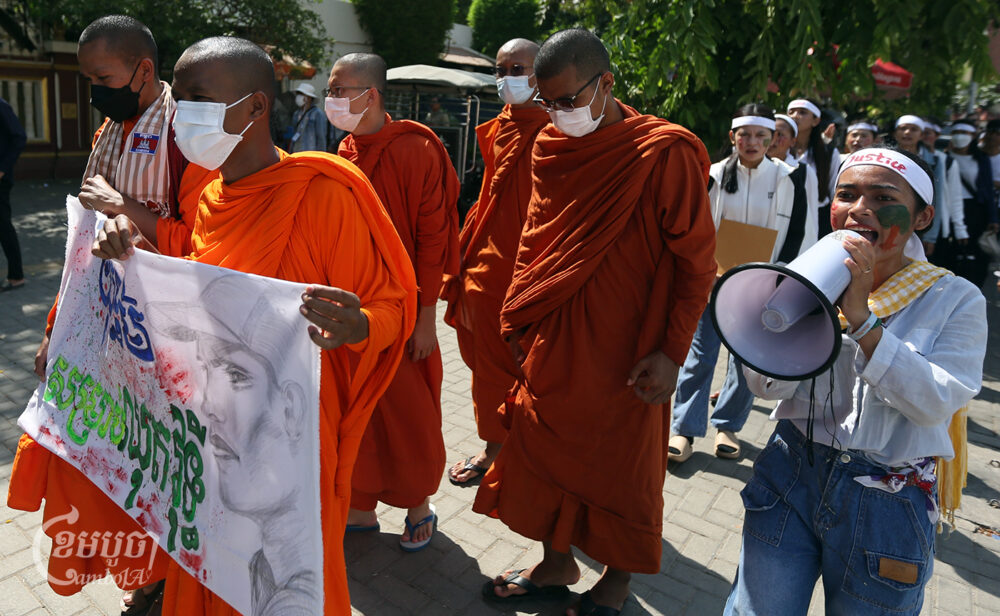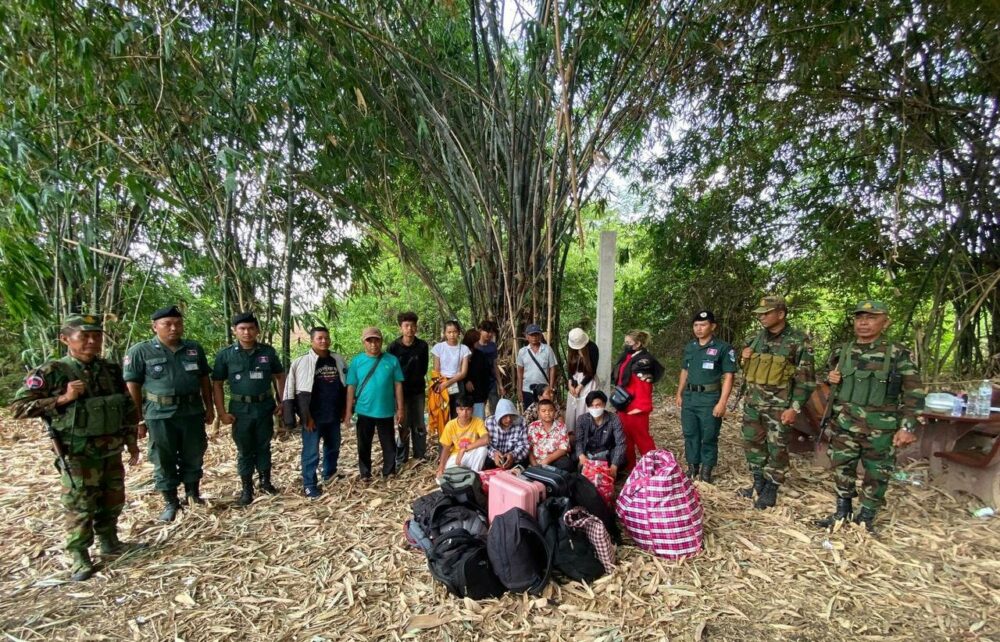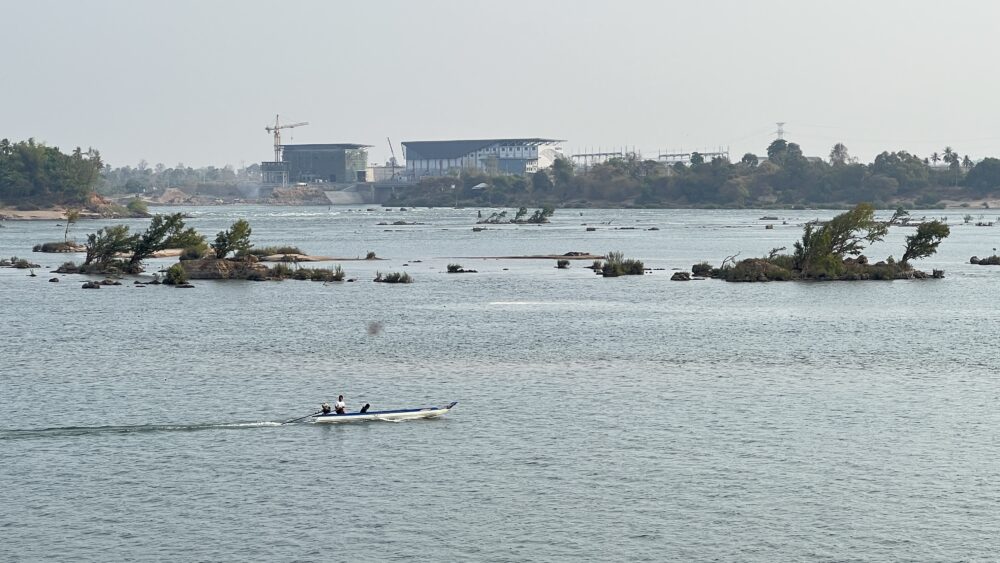After an indigenous Bunong community publicly voiced concerns about a World Bank-funded project repurposing their customary forest and burial grounds, authorities convened a meeting last Thursday between communal and provincial authorities — but the community members were excluded.
The meeting was held in Mondulkiri province’s capital, Senmonorom, to discuss Social Land Concessions under the World Bank’s $93 million LASED III Project across three districts — Koh Nheak, Pech Chreada and O’Reang — according to an invitation letter obtained by CamboJA.
In July, the Roya Leu Bunong community in Koh Nheak previously showed a LASED III consultant that the project’s plans to allocate land to poor families overlapped with more than half of their 6,000 hectare community forest and multiple ancestral burial grounds, CamboJA reported earlier this month.
Lin Lan, a Roya Leu resident, and other community members say they have repeatedly expressed concerns ever since LASED III signs were posted near the community in March last year with no further explanation. But the project had already been greenlit in 2021, despite the World Bank’s stringent policies to prevent negative impacts on indigenous communities.
Lan, who has been active in defending the community forest, said she and other community members heard about the meeting and tried to attend, but authorities prevented them from entering when they arrived at Senmonorom. The community is seeking a communal land title to gain legal recognition of their customary use of the forest and culturally significant sites.
“We went to the provincial capital in order to attend the meeting because we wanted to know what it was about, yet we were not allowed to get in,” Lan said. “We want the authorities to hold a meeting with us, so that we can meet face to face for solutions.”
Phleouk Phearum, another Bunong activist who attempted to attend the meeting, which also planned to discuss a land conflict in her community, said she was barred from attending.
“If they discuss with their own officials, and do not allow people to attend like this, how can people know what they do or what solutions should be sought between us, how can conflicts be solved?” Phearum said. “Before they discuss with their officials, they had better discuss with us.”
The LASED III project is funded by the World Bank but implemented by the Ministry of Land Management. Ministry official Thol Dina was made the new project director for LASED III last week. He told CamboJA he had not heard about the meeting nor had he met with the community or any authority on the ground over this issue.
Former LASED III project director Roth Hok, Under Secretary of State for the Land Management Ministry was no longer in the position as of last week.
Lan said she submitted her latest letter seeking a resolution to the land conflict with the provincial department for the Ministry of Rural Development on International Day of the World’s Indigenous Peoples on August 9. In response, the ministry promised to send an official to better understand the situation on August 25, Lan says.
“We are not sure whether the ministry will grant us the legal collective title, nonetheless, they have promised to appraise our land on site,” Lan said. “We put our faith in them after their promise. Our community has strived so hard.”
Ministry of Rural Development spokesperson Chan Darong did not respond to requests for comment. The Ministry was not listed on the invitation letter.
Nuon Monichenda, the head of the ethnic minority development department within the Rural Development Ministry, said via Telegram on Monday that the provincial ministry “might work on it.”
“The authorities talked about the case and now they are working on it to study it in depth for more information,” said Roya commune chief Pil Deth.
He did not specify a timeframe for the investigation, and confirmed no Roya Leu community members were invited. He declined to provide further information but said the best way forward was to find a resolution with the Land Management Ministry.
The meeting also addressed a completed survey of social land concessions in relation to Bunong communities’ land claims and several ongoing land conflicts.
Memom village chief Chan Moeun, who is Bunong and has jurisdiction over Roya Leu attended the meeting. But Roya Leu community members have pointed out that he does not live in the Roya Leu community and four residents told CamboJA they believe Moeun is selling the community’s land for personal profit, though he has vehemently denied these accusations.
World Bank spokesperson Saroeun Bou referred CamboJA to the Ministry of Land Management but did issue a brief statement over email reiterating the goals of the LASED III project.
“The project’s goal is to support land titling support to 15 Indigenous Communities (ICs). The project implementation team has posted signs in Mondulkiri province to communicate dates associated with project implementation,” stated Saroun, indicating implementation was ongoing. It remains unclear how the concessions will affect the Roya Leu communities’ ongoing attempt to obtain a communal land title.
“I hope the government helps our community and we get the solution soon after the officials study the effect [of LASED III],” Lan said.
Additional reporting by Eung Sea



